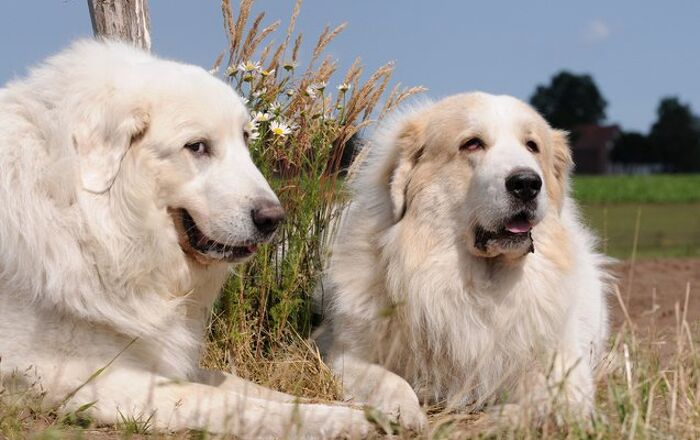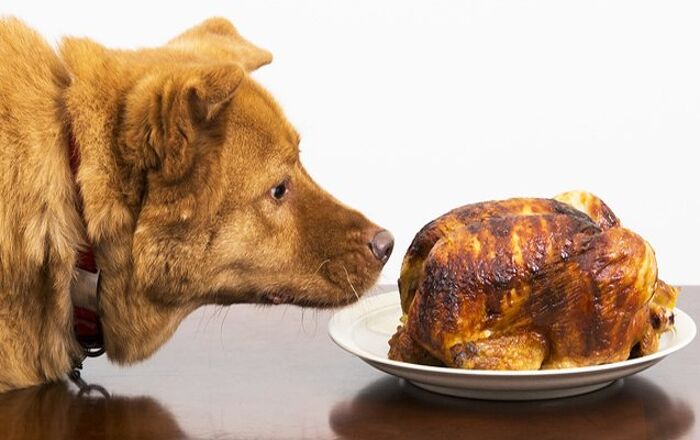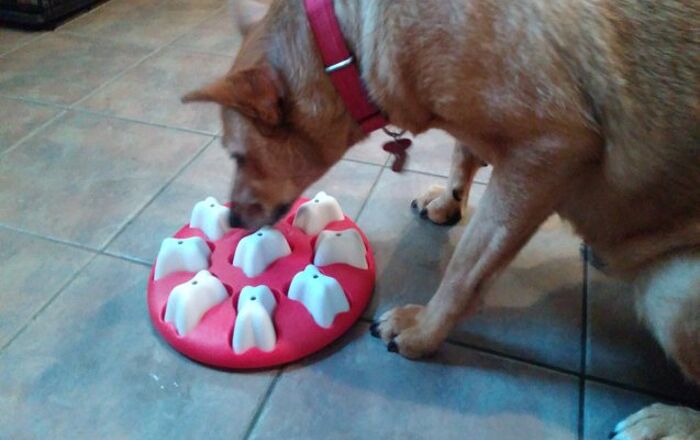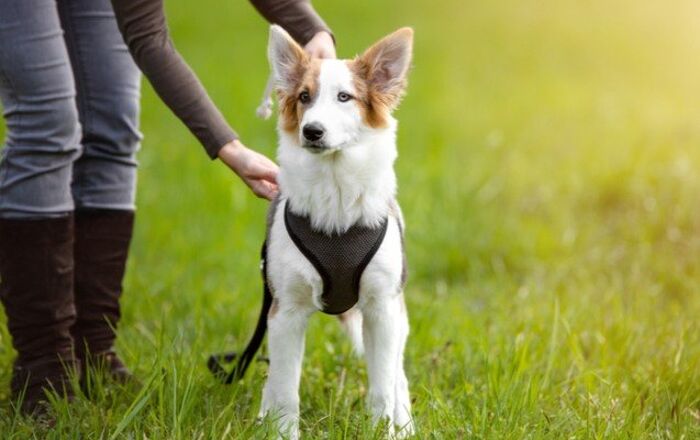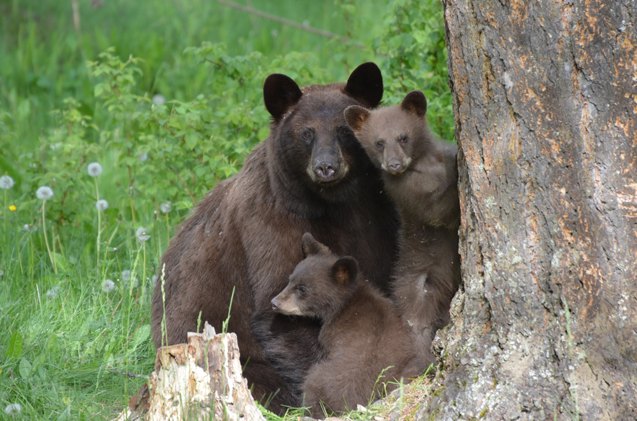
Many dog owners look forward to hiking in the woods with their pooches. But this is prime bear season, and Kevin Roberts has tips on how to keep your distance.
Bears and hiking go together like salad and hair. Yes. Salad and hair. In both cases, there is a chance you will encounter one, so you remain vigilant so as to not have it ruin your experience. So if you want to avoid encounters with bears on the hiking trail, here’s how to do it.
Keep Watch
Just watch your surroundings. The best way to deal with a bear encounter is to not have one in the first place. You don’t have to be Daniel Boone to know there’s a bear in the area. In many managed parks rangers will literally post signs warning you there is a bear in the area, or that the trail has been closed. These signs are there for a reason, respect them.
Related:Bringing Bear Bells on Dog Hikes

In contrast in more remote spots, you are on your own. So pay attention to the signs that bears leave behind. Like signs from bear’s behind, poop! Bears often poop right on the trail, so it’s a pretty good bet if there’s poop there’s a bear around.
Of course footprints are all good clues a bear is near, but bears leave other traces as well. Bears also leave signs while looking for food, like turned over rocks or even ripped up logs. Bears will reach up and mark trees by clawing them. Bears are most active at dawn and dusk, but can be out anytime of the day. Remain vigilant and aware of your surroundings.
Keep your dog on a leash
It should really be that simple, not only is it the law on the majority of trails, but it’s just common sense. Keeping your dog on a leash means they are safe and secure at your side, not off making bears angry. And trust me, you don’t want to see an angry bear!
Related:5 Tips for Avoiding Bears During Your Wilderness Dog Walks
Bears may view dogs as potential prey, and a dog who runs is likely to be chased by the bear. Many bear attacks have been the result of a bear chasing a dog back to the owner! It’s a pretty easy to avoid this scenario by using a leash.
Train your dog
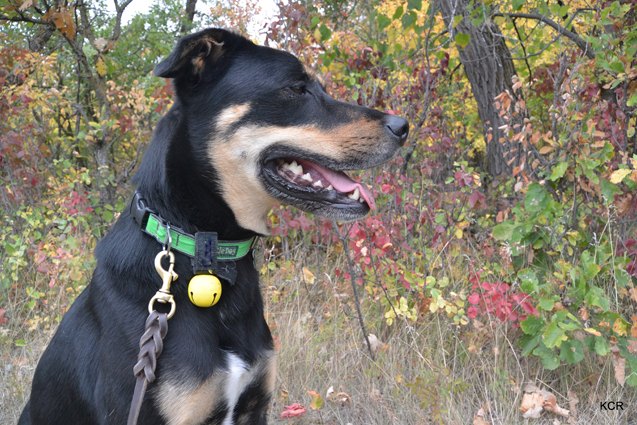
Keeping your dog on a leash is a great start, but it’s not enough. A dog going crazy on a leash could be enough to provoke a bear. Your dog should have a reliable set of obedience commands, so that you can keep him calm and communicate. It’s normal for your dog, and yourself, to feel scared when you encounter a bear. The more training you and your dog have done together, the more confident you can both be.
Spotting a Bear
If you and your leashed dog come across a bear on the trail, the best thing to do is stop and assess the situation.
Bears get scared, bears get curious
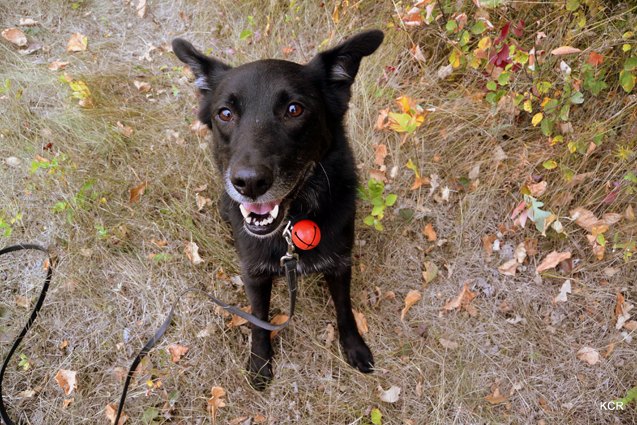
Sometimes an encounter with a dog and human might scare a bear. This is often the case if you surprise a bear, or come across a mother with cubs. A scared bear will “pop” its jaw, swat the ground, blow and snort. It may even resort to bluff charges. In all of these situations remain calm, keep your dog calm and quiet. Speak in a calm tone, and back out of the area. Keep an eye on the bear, so you know what it is doing.
Rarely, a bear may approach you for other reasons. It may be young and hasn’t learned to fear humans, or associated people with easy food (garbage, campsites, picnic baskets), or very rarely see you as prey. If a bear approaches you, keep your dog calm, and step out of its way. Sometimes the bear might just have wanted to go in the same direction you were. Other times it might now chose to follow you. This is when you remain calm, talk to the bear and try and scare it away. If it continues to follow you, it might be eyeing you and your dog as a meal. Now it’s time to get nasty. Start yelling, shouting and acting as tough as you can. Your dog must remain on leash at this point so that you can control the situation.
Remember, the safest bear encounter is the one that didn’t happen at all. Happy hiking and avoid those bears.

